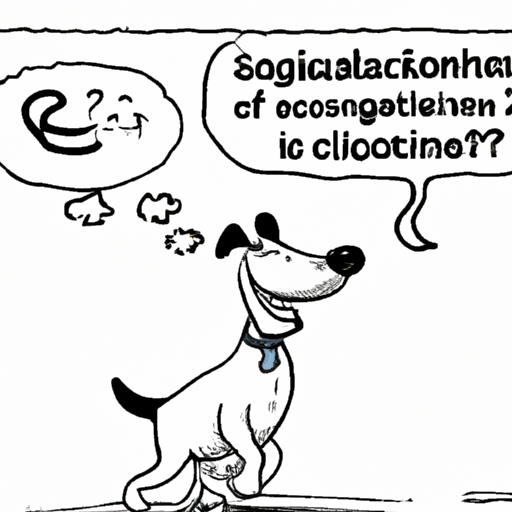Understanding Your Dog’s Tail Wagging
You may have noticed your dog wagging its tail when it’s happy, but did you know that tail wagging can convey a range of emotions? Yes, that’s right. Your dog’s tail is like a barometer of its feelings.
Tail wagging is a form of communication for dogs. The position and movement of the tail can give you insights into your dog’s feelings. From happiness to fear, aggression to relaxation, the tail can tell it all.
The Science Behind Tail Wagging
Dogs’ tails are an extension of their spine. They contain muscles that allow for the wide range of motions we see. Tail wagging is not just an involuntary reflex; it’s a conscious and deliberate act.
Interestingly, different wagging carries different meanings:
- Broad wag: Generally, a friendly signal, often seen when the dog is relaxed and content.
- Slow wag: This could indicate that the dog is insecure or unsure.
- Fast wag: This could mean the dog is excited or agitated.
The Direction of Tail Wagging
The direction of the wagging can also have significance:
- Right wag: Positive emotions such as happiness and excitement.
- Left wag: Negative emotions such as fear and aggression.
| Direction | Emotion |
|---|---|
| Right | Positive |
| Left | Negative |
Interpreting Tail Wagging in Context
Understanding your dog’s tail wagging is more than just observing the tail. It’s important to take the whole situation into account. The same tail wag in different circumstances can mean entirely different things.
For example, if your dog wags its tail while growling, it’s probably not a sign of happiness. Similarly, a wagging tail in a new or intimidating situation might be a sign of nervousness, not excitement.
Tail Wagging and Breed Differences
Remember, not all breeds wag their tails the same way. Breeds with naturally curly or docked tails may express emotions differently. Always consider your dog’s breed and natural tail position while interpreting its wags.
Frequently Asked Questions (FAQ)
Q: Why does my dog wag its tail?
A: Dogs wag their tails to communicate their emotional state. It could be expressing happiness, excitement, fear, or aggression.
Q: Can tail wagging indicate my dog’s health?
A: Yes, changes in tail wagging can sometimes indicate health problems. If you notice any unusual tail movement, it’s best to consult a vet.
Q: Does the speed of tail wagging matter?
A: Yes, the speed of the wagging can indicate the intensity of the dog’s feelings. Fast wagging usually indicates strong emotions.
Q: My dog’s breed has a naturally curly tail. How do I interpret its wags?
A: Interpretation can be more challenging for breeds with naturally curly or docked tails. Look for general wags, but also pay attention to other body language cues.



